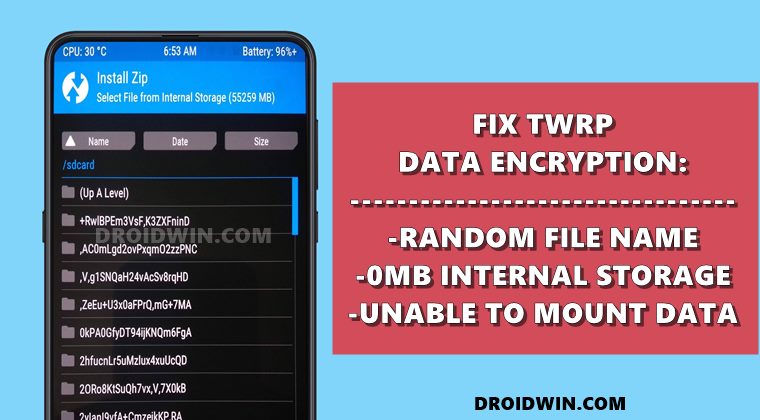

The thing is, this really makes encryption mainstream. WhatsApp can’t really afford to lose the vast number of Indian users and neither can we do without it. Right now, we’ll slot it into a wait and watch scenario. The 256-bit encryption that WhatsApp is using is technically not allowed for online communication services. WhatsApp may run into some issues in India owing to this level of encryption. The code is unique to each chat and you can double check at each receiving party whether the numbers match. If you go to the contact or group info screen, you’ll see a QR code and a 60-digit number. Each chat has a security code used to verify that calls and messages you send are end-to-end encrypted.

You might run into a verification (verify security code) page – this is optional. Also, the encryption is on by default and there’s no way to turn it off. Obviously, both sides have to have the latest version for this to work. This is only available on the latest versions of the app on Android, iOS and Windows Phone. They’re not accessible to anyone at WhatsApp or to anyone else who may be snooping on the transmission/data. This means that every message, every photo and every video is encrypted in a way that only the sender and recipient can see them. This is a significant step for this messaging giant which now boasts of over a billion users. This happened a while ago and is still being gradually rolled out because some are using older app versions. Within the backdrop of Apple refusing to create a backdoor into their phones when asked to by the FBI and the Panama papers investigation, you may have heard about WhatsApp turning on end-to-end encryption for all their users.


 0 kommentar(er)
0 kommentar(er)
